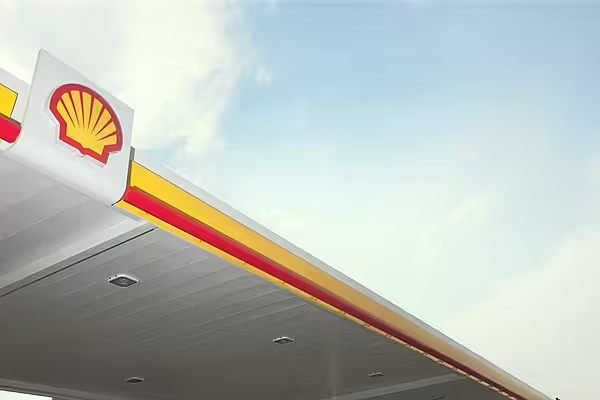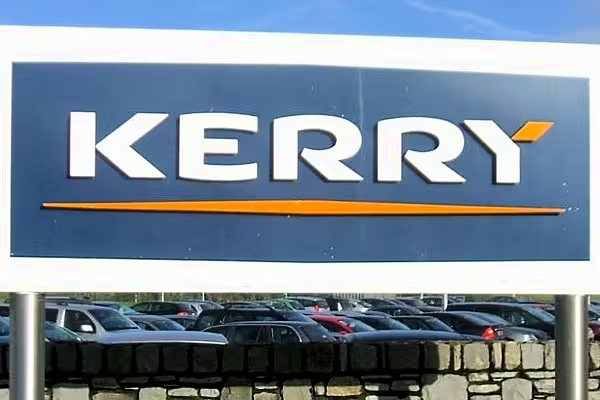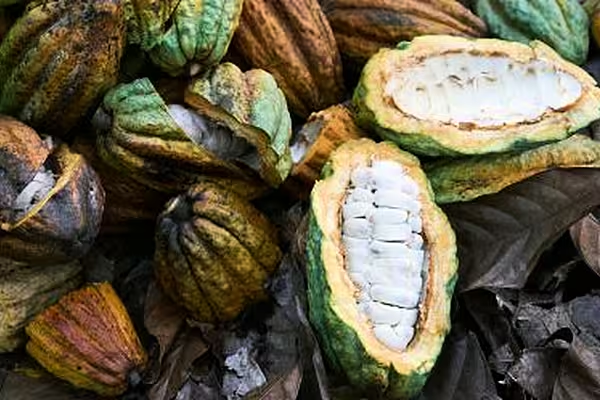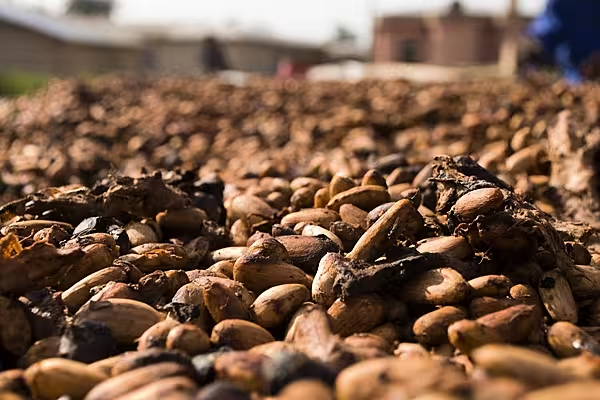Royal Dutch Shell outlined plans on Tuesday to boost shareholder returns after 2020, while also increasing spending on oil, gas and power, as it capitalises on years of cost-cutting to prepare for a lower carbon future.
In a strategy update, the Anglo-Dutch energy company said it was on track to deliver on its commitment to sharply increase cash generation and carry out one of the world's largest share buyback programmes of $25 billion by the end of next year.
It then plans to increase payouts to investors through dividends and share buybacks to $125 billion between 2021 and 2025, roughly half of its current market value. That compares with payouts of around $90 billion between 2016 and 2020.
While offering sweeteners to investors, Shell also outlined plans to increase spending in the next decade to grow its gas, oil, renewables and power output.
Recovery Signs
The oil sector saw a sharp drop in spending in the wake of the 2014 price crash, but in recent months companies including Exxon Mobil and Chevron have flagged plans to increase spending again.
Shell said its cash capital investment would average $30 billion per year between 2021 and 2025, with a ceiling of $32 billion. The target excludes major acquisitions.
Shell has in recent years vowed to keep spending at the lower end of a $25-30 billion range. It spent $24.8 billion in 2018.
The planned increase in spending came as Shell set out the sector's most ambitious targets to reduce greenhouse gas emissions from its operations in an effort to comply with the 2015 Paris climate agreement.
Chief Executive Officer Ben van Beurden said Shell's spending plans remained in line with the energy transition, even as some investors say global investments in fossil fuel need to slow down in order to hit the Paris targets.
Shell shares were down 0.8% at 11 am compared with a 0.05% decline for the broader energy sector.
Dividend Boost
Shell, the world's second-largest listed oil and gas company after Exxon, cut costs heavily following its 2016 acquisition of BG Group for $53 billion and the 2014 oil crash.
Despite a slow and bumpy recovery in oil prices, it reported the largest profit among its peers last year and a jump in revenue from previous years.
Shell said its free cash flow - cash available for dividends and share buybacks - was set to rise to around $35 billion per year by 2025 based on a Brent crude oil price of $60 per barrel.
That compares with $28-33 billion in free cash flow it expects to deliver by the end of next year. Brent is currently trading just under $61 per barrel.
Shell, the world's biggest dividend payer at $16 billion in 2018, expects to increase its dividend payouts to shareholders once it completes the $25 billion share buyback by the end of 2020 that it promised following the BG acquisition.
Shell last increased its quarterly dividend in the first quarter of 2014 to $0.47 per share.
Higher Returns
In its outlook, Shell forecast returns on investments to rise to more than 12% by 2025 from 10% in 2020. Returns from its oil and gas production division, known as upstream, are expected to reach 10% to 15% by 2025, while in refining and chemicals, or downstream activities, it is aiming for 15%.
Shell plans to focus on growing its power business, which it sees as key in its transition to cleaner energy, with an annual investment of $2 to $3 billion in the five years to 2025. Since 2016, it has invested $1.6 billion in new energies including power.
The company plans to increase power generation using gas and renewable sources of energy such as wind and solar, and also expand in power trading. It is targeting returns of 8% to 12% in the power sector, far higher than the average returns in the sector.
Speaking to analysts, van Beurden said Shell's growing focus on power and reducing carbon emissions reflected "an ambition to stay on the right side of history."
News by Reuters, edited by Checkout. Click subscribe to sign up for the Checkout print edition.









